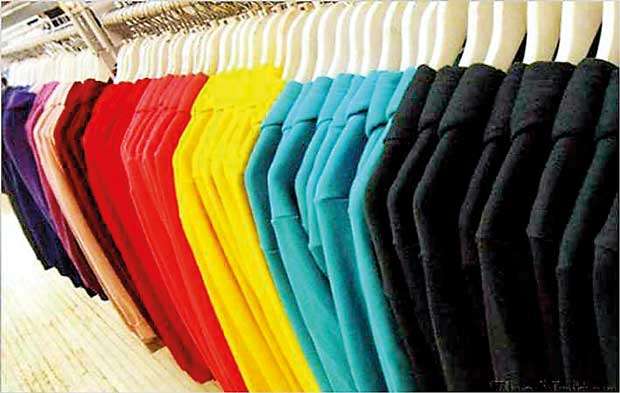Reply To:
Name - Reply Comment

By Nishel Fernando
Sri Lanka’s apparel exports rebounded in May with a 9.3 percent year-on-year (YoY) growth to achieve US $ 415 million in export earnings, which is also the highest growth rate recorded so far for this year, as Europe entered the summer season, the latest apparel export data released by the Joint Apparel Association Forum indicated.
However, the industry stakeholders were cautious to call the May rebound an indication of the apparel exports are “back on the track” as they insisted that the June and July export figures should also be evaluated before making such a statement and arriving at a conclusion whether the US $ 5.5 billion export target set for this year could be achieved.
The apparel exports declined 4.15 percent YoY in April, mainly due to a 9.8 percent decline in exports to the US, despite the favourable condition for Sri Lankan apparel exports, stemming from the China-US trade spat. The apparel exports to the EU grew by 12.5 percent YoY to reach US $ 171 million in May, while the apparel exports to the US recovered and grew at a healthy margin of 8.5 percent YoY, to reach US $ 153 million.
Sri Lanka’s apparel exports up to May this year rose by 3.58 percent YoY to US $ 1.96 billion.
The cumulative apparel exports to the EU grew by 6.05 percent to US $ 842 million, while the exports to the US increased by 2.97 percent to US $ 867 million. However, exports to other markets declined by 1.89 percent to US $ 259 million.
Speaking to Mirror Business, Sri Lanka Apparel Exporters’ Association Chairman Felix Fernando noted that the apparel exports are likely to grow at similar pace during the reminder of summer season.
However, he stressed that it’s hard to come up with a prediction on the apparel industry’s performance for the rest of the year as of now.
He noted that the five largest Sri Lankan apparel exporters, who account for about 50 percent of Sri Lanka’s apparel exports, are running at full capacity or close to full capacity at the moment.
Fernando, who is also Managing Director of Omega Line Ltd, which accounts for over US $ 400 million in annual apparel exports, said that Omega Line is also running over the capacity due to the increased export orders and hence, the company is increasing the number of orders to sub-contractors.
Fernando noted that there could be several reasons for less than anticipated export growth in the industry, which include labour shortage, reduced FOB values and lack of interest in investing in research and development (R&D).
According Fernando, most factories are running short of the 10-15 percent of the required labour, while they remain unautomated, which sometimes leads to postponement of export orders.
He noted that although the government has provided tax incentives on certain conditions for R&D to the industry in the last budget, a majority of the industry players remain reluctant to utilise these benefits.
“It’s possible that our export quantities have increased over the years, however, at a lesser FOB value,” he said.